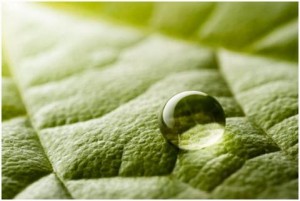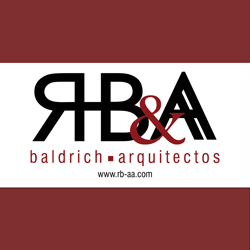Nanotechnology, studies the design and creation of materials throughout the manipulation of matter to nano scale. When this manipulation is carried out at a very minimum scale, new properties appear that lead us to few expensive materials and systems, with unique properties.

In the construction sector, the nanotechnology concept is closely linked to innovation in building and construction materials. The objective is to create new matter with properties that guarantee the highest level in aspects such as energy efficiency, sustainability, ecology, house automation, autonomy, etc.
One of the most important concepts in current constructions is the Zero-energy building (EEC-Edificio Energía Cero). Which are the buildings that have an energetic balance between energy demand and generated energy is practically null.

The thermal envelope is a key factor in the attainment of this objective, whereby the integration of new nano materials become evident, in particular in the superficial layer exposed to outdoors and its insulation.
There already are nano-pigments with solar concentrator capacity and even photovoltaic paint with similar properties as to a photovoltaic cell that, absorbs the visible UV spectrum. This allows exploitation of large exposed surfaces that capture solar energy and its conversion to electricity.

In addition, the manipulation of these materials, concedes the reproduction the “Lotus flower effect”. The leafs of these plants in humid areas, have a marked hydrophobicity characteristic with the objective to avoid water, humidity and dew to impregnate its surface and become a vehicle for bacterial strain growth, colonies of fungi strain and other derived problems. The hydrophobicity mechanism, stows in the presence of a hierarchical rugosity at a micro and nano-metric level. This principle, applied to exterior surfaces grants self-cleaning for the property.
Regarding insulation, in the past couple of years phase changing materials (PCMs) have appeared. These systems are based on the encapsulation of substances with high calorific forming. The change of the matter’s state, supposes a great energetic transition, absorbing or emitting great quantities of heat, contributing therefore to the thermic stability in interiors and to the climate control saving systems.



